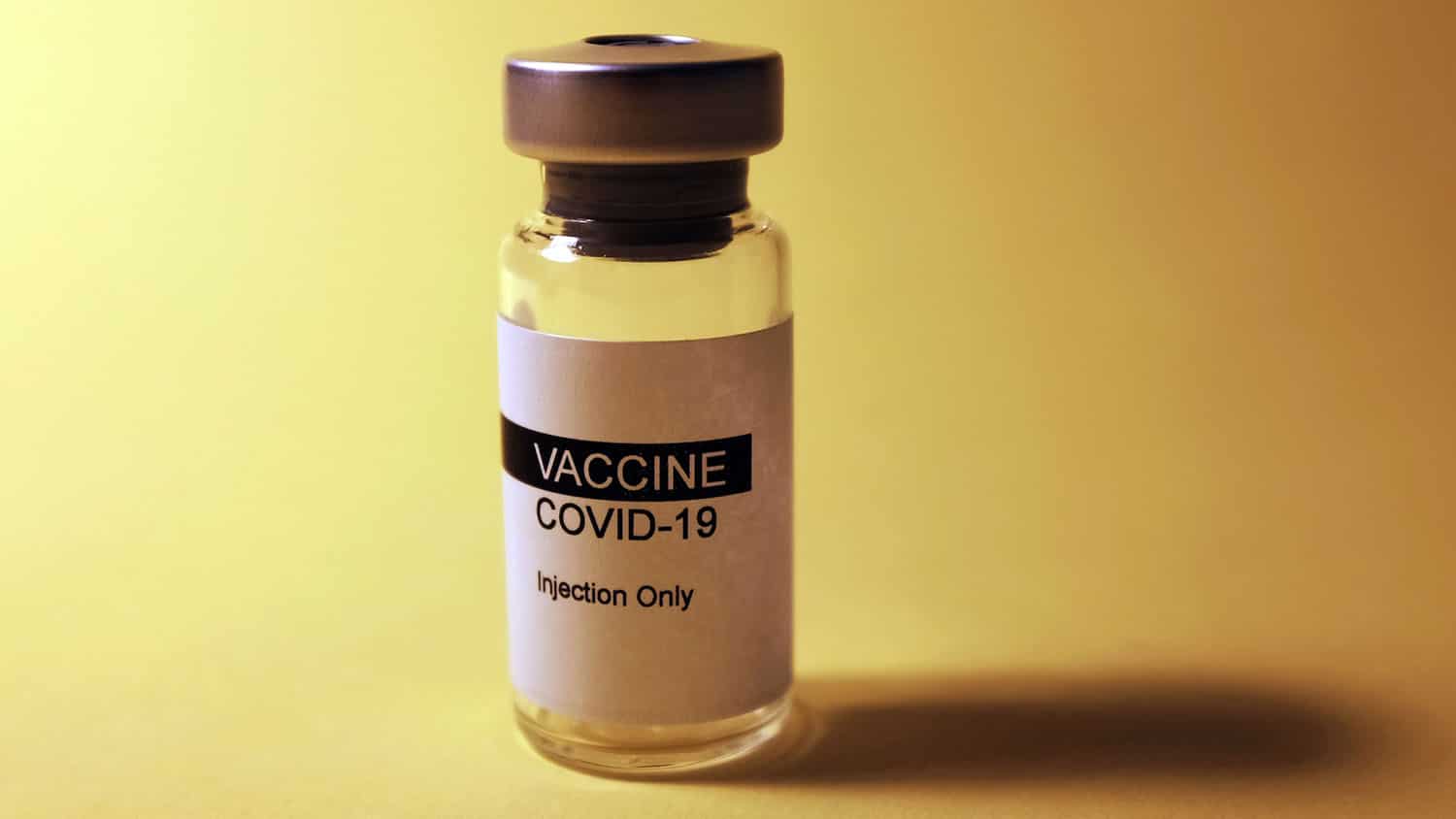Partisan politics played a role in exacerbating public health challenges during the COVID-19 pandemic. A new study suggests that partisan politics could also play a role in addressing those challenges – at least when it comes to getting people vaccinated.
A new study found that online video advertisements, in which Donald Trump urged people to get vaccinated, did lead to an increase in vaccinations – particularly in areas that had previously had low vaccination rates.
The study, “Counter-stereotypical Messaging and Partisan Cues: Moving the Needle on Vaccines in a Polarized U.S.,” was published July 19 in the journal Science Advances. One of the study co-authors, Steve Greene, is a professor of political science at NC State. We talked with Greene to learn more about the work.
The Abstract: What was the question or challenge you were setting out to address with this study?
Steve Greene: We were hoping to use insights from our earlier work on masking – in which we used ads with General (ret) Hugh Shelton to encourage mask use among NC residents – to see if we could encourage vaccine uptake among groups that were lagging behind. By the time our study was fully under way, it had become clear that vaccine uptake had fallen prey to our classic partisan polarization and that far too few Republicans were getting vaccinated. We were in the process of trying to find individuals that would be more effective messengers (e.g., rural, white, middle-aged males) to make the vaccine pitch when Donald Trump made a series of very strong endorsements of the vaccine on Fox’s Maria Bartiromo show. We knew immediately this is what we had to go with.
We worked with a professional videographer to create an ad using footage of Trump’s vaccine pitch, which we felt would be especially appealing for Trump supporters. The short version: given that vaccine uptake was clearly being shaped by partisan polarization, we wanted to learn whether we could use a very partisan messenger, Donald Trump, to effectively counteract this for at least some people.
TA: Can you explain the study design to me?
Greene: We used our video as an ad on YouTube. Importantly, the first six seconds of the ad, which nobody can skip, literally say “Donald Trump is urging all Americans to receive the COVID-19 vaccine” and then Trump’s voice: “I would… I would recommend it” as part of a local Fox affiliate news broadcast. That ad is here: https://www.youtube.com/watch?v=INH-CmCgIYs.
We selected approximately 2,000 counties from around the country that had relatively low vaccine uptake and then ran the YouTube ad in a randomly-selected half of those counties. Using official government vaccine reporting, we could then track the amount of vaccinations in counties that saw the ad (our “experimental group”) versus counties that didn’t see the ad (our “control group”).
TA: What did you find?
Greene: We found that counties that saw the YouTube ads had notably higher levels of vaccination during the period our ad campaign was running, according to CDC data. Our best estimates suggest that each county in our treatment group had roughly 100 more vaccinations than they otherwise would have. Across 1,000 counties, that’s over 100,000 vaccinations. Notably, compared to many other public health interventions, this appeared to be an extraordinary cost-effective means to achieve more vaccinations.
TA: How would you characterize this study? Is it observational or experimental? It seems like an important distinction, since observational studies can’t show causation. I guess I’m wondering how confident you are that the effect you saw is due to the video, rather than to some other cause?
Greene: This is basically set up as a randomized control trial. Of the slightly more than 2,000 counties, all selected by the same basic criteria, each was randomly assigned to a control or treatment condition. There are a lot of complicated statistics involved in our analysis of the research data (full credit to the very accomplished economists on our team), and our statistical findings are not as robust as ideal, but insofar as we think we have a real effect here, it is fair to causally attribute it to our intervention of showing the Trump ad on YouTube.
TA: What do you think the take-away message is here for public health and health communication?
Greene: We argue for the importance of embracing “counter-stereotypical messengers.” One does not think of Donald Trump as the obvious choice for a pro-vaccine message, which presumably makes him all the more effective as a messenger. Additionally, a lot of public health messaging likes to avoid politics and partisan conflict, but we argue that where partisanship is part of the problem, it can also be part of the solution.
But incorporating political partisanship into public health messaging can pose some significant challenges. Based on our preliminary results, we had a number of discussions with social media companies and pharmaceutical companies about scaling up our approach and working on a campaign using Donald Trump to promote boosters (something that he publicly did). Unfortunately, with Donald Trump as the messenger, these organizations proved very hesitant to work with us on expanding this approach. Where politics is part of the problem, people need to not shy away from politics as being part of the solution.



